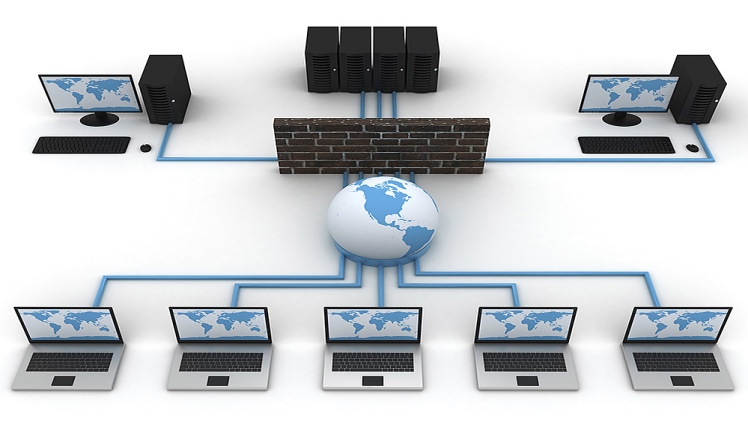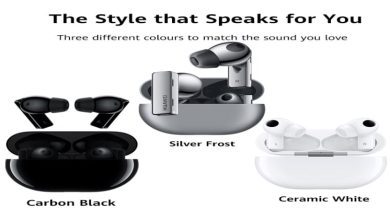NETWORKS AND DATA COMMUNICATIONS

INTRODUCTION
In Chapter we observed that a network connected to a computer could be viewed from the perspective of the computer simply as another I/O device. Indeed, for many purposes, this is an attractive and appropriate choice. As users, we don’t really care if a file that we are using is stored on a local disk drive or on a network server located halfway ’round the world, provided the file is readily accessible. As long as we can retrieve our printouts conveniently, it is not important to us that our printer is actually an office printer being shared by others.
A SIMPLE VIEW OF DATA COMMUNICATIONS
From the simplest perspective, it is natural to compare data communication by its similarity to the I/O methods that we have already considered. In each case, the computer sends data to or receives data in the form of ‘‘messages’’ from another device. For example, the ‘‘messages’’ in the Little Man Computer were three-digit numbers that were ‘‘communicated’’ with the user using the input and output baskets as a communication channel.
Visit this site: edweeksnet to get various latest news and you can also check out this site: dpreviews.
General Channel Characteristics
The communication channel provides the path for the message between the two communicating nodes in the model. Although the model in Figure 12.3 represents the channel as a direct point-to-point connection between the nodes, this is not generally the case. In reality, the channel can take many different forms. In the simplest case, it might be a direct connection between nodes in a local area network.
You will need to know about: sitepoint24.
The TCP/IP Network Model
The prevalent collection of protocols that are designed to work together and guide all aspects of network communications is called the TCP/IP protocol suite. Although the name suggests two protocols, TCP/IP is actually a name encompassing an integrated suite consisting of numerous protocols that control various aspects of data communication, including modem communication, communication through a gateway, error reporting, address resolution, and many other functions.
Visit the site: 7starhd me
Conclusion
Networks work by passing messages over a channel between end nodes. The channel may be divided into links, made up of local area networks and point-to-point connecting links between intermediate nodes. Individual links may differ in data format and medium. Switches, routers, and gateways steer messages from one node to another, converting the data format as necessary at each node
Here is the most valuable and headline news suppliers website trendwait.





